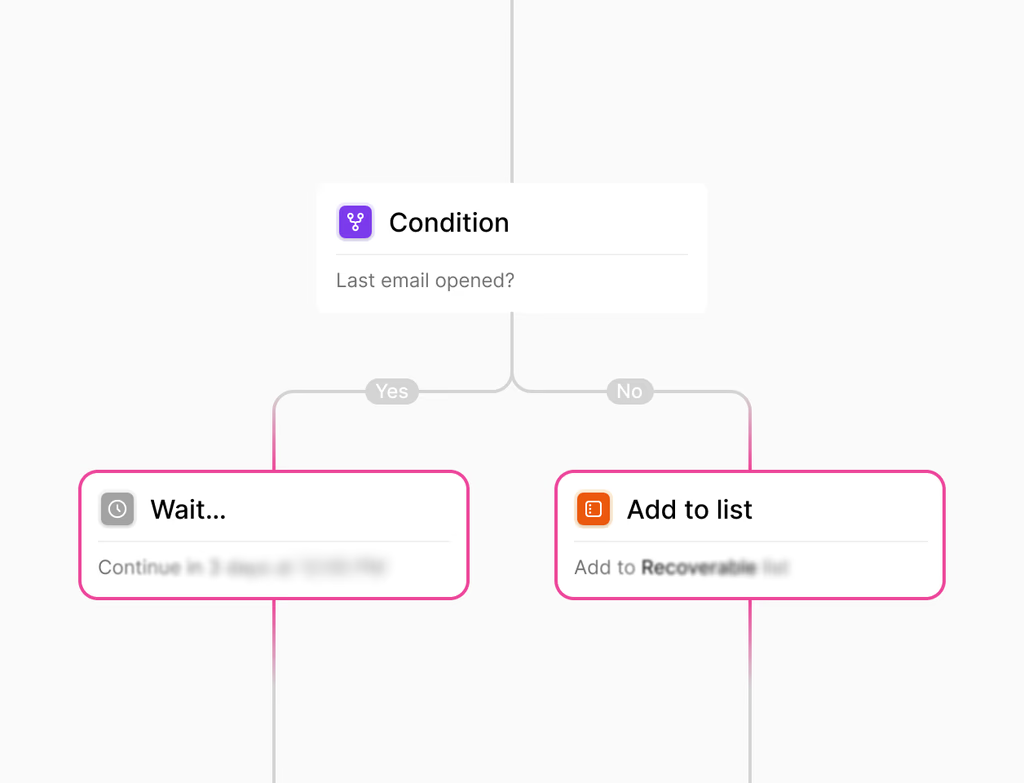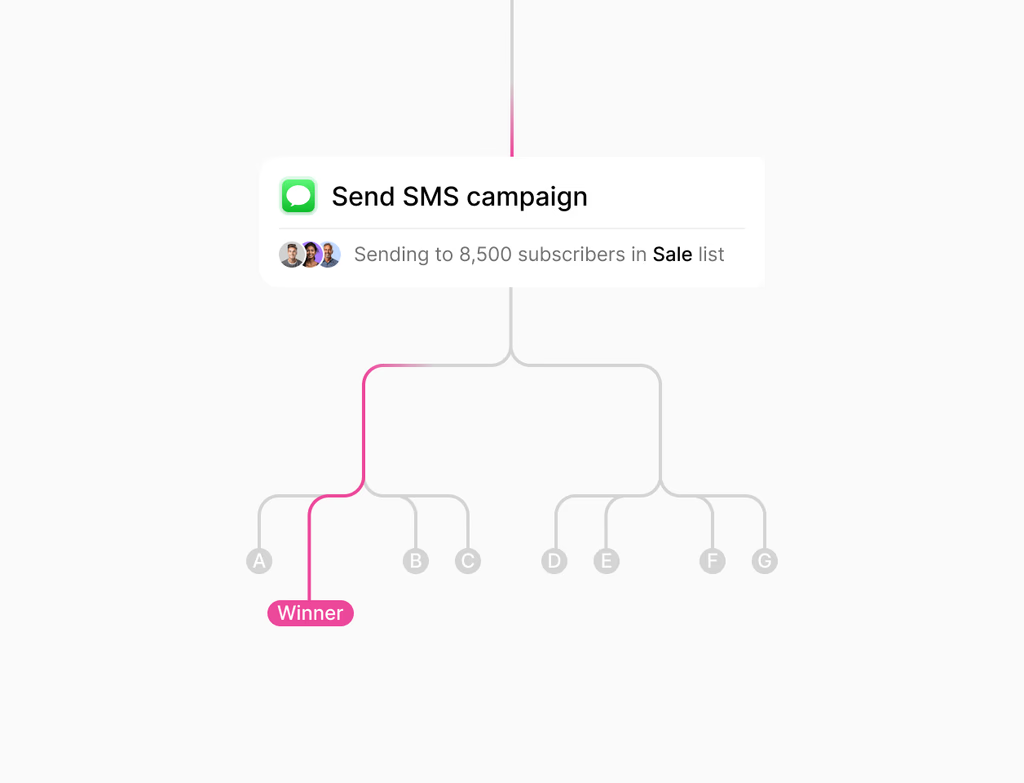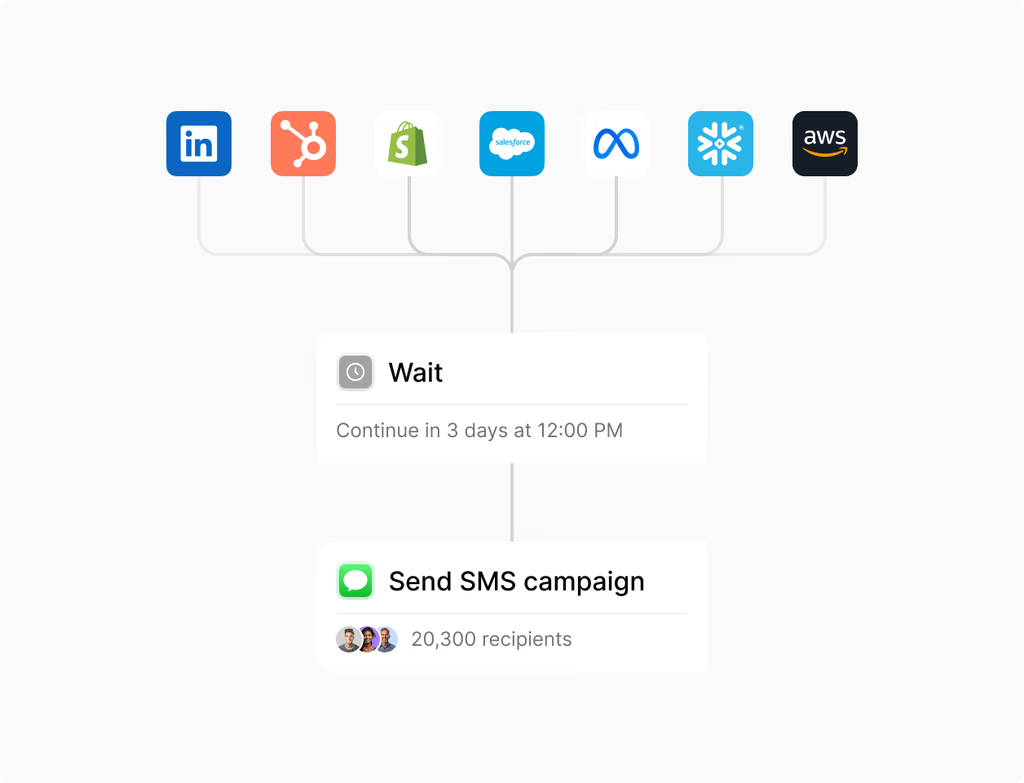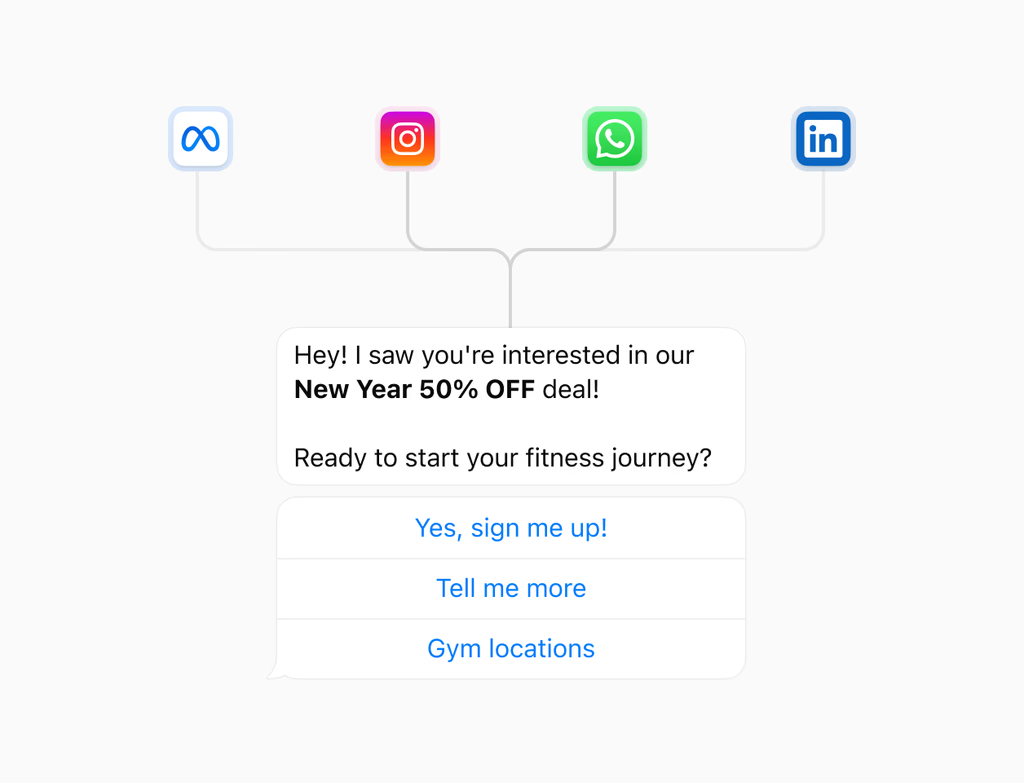What exactly is Email Automation and who benefits most from it?
Email Automation is a sophisticated system designed to send targeted, relevant emails based on pre-defined rules and real-time customer behaviors. This eliminates manual effort for marketing teams and ensures timely, personalized communication for every recipient.
This Hoop feature is ideal for marketers who need to move beyond single, one-off email blasts and establish comprehensive lifecycle programs. It helps with welcoming new customers, nurturing leads, running upsell campaigns, and executing win-back strategies efficiently.
How does the platform integrate CRM data to power personalized emails?
The Email Automation journey builder is deeply connected to your unified CRM data. This allows it to both read and write information, using customer fields, scores, and events for precise targeting and timing of emails. As customers engage or make a purchase, the system updates their records automatically.
This connection is vital for delivering truly personalized content. You can leverage:
- Dynamic content blocks and offers based on segment or behavior.
- Segments built from CRM fields, geographic data, and engagement history.
- Tokens to insert contact, account, and product details into messages.
Can non-developers easily set up automated email journeys using Hoop?
Absolutely. You do not need developers to launch or iterate on your email programs. The system features a visual drag-and-drop journey builder that simplifies the creation of sequences, branching logic, delays, and goals. Marketers can launch complex programs quickly and without relying on code.
The platform offers a library of reusable templates for common programs like welcomes, onboarding sequences, and re-engagement campaigns, accelerating time to value. For advanced scenarios, optional webhooks and APIs are available, but most users can get started immediately with the intuitive interface.
What are the key triggers that can initiate a customer's automated email journey?
The system allows a wide variety of customer actions and data changes to trigger an automated email sequence. These triggers ensure that messages are delivered at the exact moment they are most relevant to the recipient's current status or intent.
Common triggers supported by this Hoop feature include:
- Form submissions or page views on your website.
- E-commerce events such as purchases or abandoned carts.
- Inactivity windows or changes in subscription status.
- Updates to specific CRM properties or scores.
- Custom events recorded via in-app actions or connected systems.
Which pricing plans include access to the core Email Automation features?
The Email Automation feature is available across the core, pro, and enterprise pricing plans offered by Hoop. Each tier provides the essential capabilities needed to create and deploy sophisticated email journeys, with scalability and additional governance features increasing with the higher-tier plans.
While the core plan provides strong fundamentals, the pro and enterprise plans unlock advanced features such as more extensive A/B/n testing, increased usage limits, and deeper administrative controls, including role-based access, version history, and audit logs for enhanced compliance and security.
How is data protection and privacy handled within the platform?
Data protection and compliance with privacy laws are top priorities for Hoop Email Automation. The platform provides tools to help you meet regional regulations and internal policies by focusing on consent and transparency in data handling.
The system supports:
- Double opt-in protocols for list hygiene and consent verification.
- Comprehensive subscription centers allowing users to manage their preferences.
- Data retention controls to meet policy requirements.
- Audit logs and version history for full program governance.
What metrics should I monitor to prove the impact of my email journeys?
To demonstrate the true impact of your automated email programs, you must look beyond traditional email metrics. Hoop provides health dashboards that connect your email performance directly to business outcomes, leveraging the unified CRM data.
Key metrics you should monitor include:
- Revenue attribution: Tying emails to pipeline, orders, and renewal metrics.
- Conversions and assisted pipeline value.
- Cohort retention and customer lifetime value across journeys.
- Deliverability rates, including inbox placement, opens, and clicks.
- Unsubscribes and complaints for list health monitoring.



.avif)





